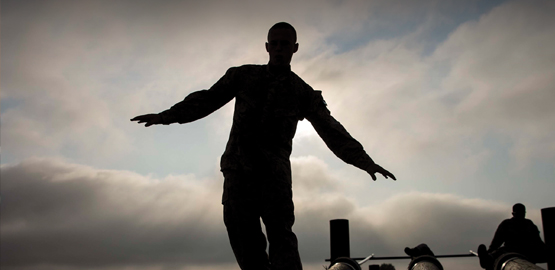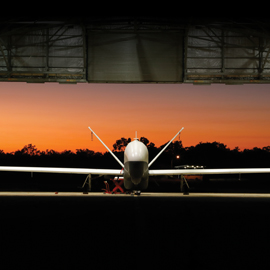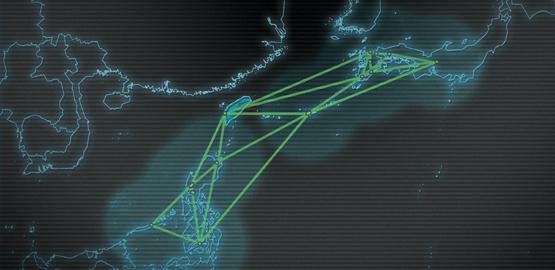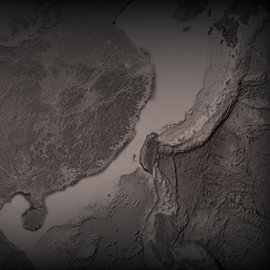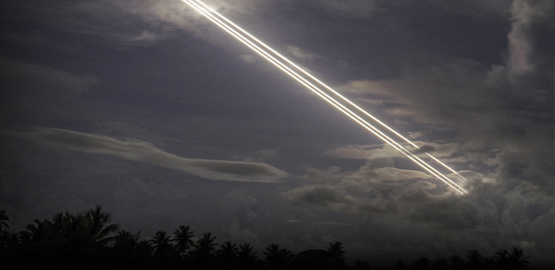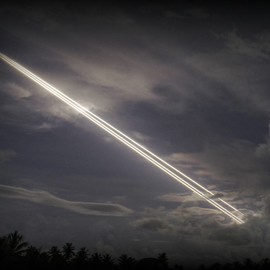Publications
"Nobody does defense policy better than CSBA. Their work on strategic and budgetary topics manages to combine first-rate quality and in-depth research with timeliness and accessibility—which is why so many professionals consider their products indispensable." – Gideon Rose, Editor of Foreign Affairs, 2010-2021
Defense Planning for the Long Haul: Scenarios, Operational Concepts, and the Future Security Environment
Senior defense officials face a host of critical issues when assessing the nation’s military posture. Most importantly, they are responsible for determining which threats the United States must be prepared to address, what capabilities will be required to do so, and how the US military should be organized, trained, equipped, and employed to counter these threats successfully if and when they materialize.
The F-22 Program in Retrospect
It now appears likely that F-22 production will end with a procurement of 187 Raptors, of which 179 will be operational aircraft. The crucial moment came on July 21st, 2009, when the full Senate voted fifty-eight to forty to strip the $1.75 billion Senate defense authorizers had added to the Fiscal Year (FY) 2010 defense bill to keep F-22 in production. This vote came in the wake of intense lobbying by defense secretary Robert Gates and a veto threat from the White House should Congress continue F-22 production beyond FY 2009. In light of these developments, now seems as good a time as any to look back and try to take stock of the F-22 program. Are there any lessons to be learned, and where, if anywhere, is the program likely to go from here?
The Future of the MV-22 Osprey
Mr. Chairman, Congressman Issa, and distinguished members of the Committee, it is my personal honor to appear before you today to discuss the MV-22 Osprey.
The Future of U.S. Ground Forces
The three challenges confronting the U.S. military today—the war against Islamist terrorist elements, the prospect of nuclear-armed rogue states, and the potential rise of China as a military rival—differ greatly from those confronted during the Cold War era. Nor do they resemble the threats planned for in the immediate post-Cold War era, when minor powers like Iran, Iraq and North Korea which lacked weapons of mass destruction and were assumed to present challenges not all that different from Iraq during the First Gulf War.
Special Operations Forces: Challenges and Opportunities
SOF have figured prominently in U.S. military operations since 2001 and have become central to the implementation of U.S. national defense strategy with respect to the war against violent Islamist extremism, which is likely to be increasingly fought indirectly and in countries with which the United States is not at war. During the unconventional war against the Taliban and al Qaeda in Afghanistan in Operation Enduring Freedom, SOF played a pivotal role by integrating U.S. precision air power with the operations of irregular Afghan opposition forces to achieve rapid regime change and eliminate al Qaeda’s primary sanctuary.
Near-Term Prospects for Battlefield Directed Energy
For more than a decade, the Center for Strategic and Budgetary Assessments (CSBA) has closely followed emerging technologies that, integrated with new operational concepts and organizational structures, offer the potential to fundamentally change how advanced militaries fight. Such changes in the conduct of war constitute what has come to be called a “revolution in military affairs,” or RMA. The German military’s development of Blitzkrieg in the years between the two World Wars (1918-1939) constitutes one of the more familiar examples of an RMA. Visionary officers integrated tanks, radio communications, and tactical aircraft with opportunistic deep-penetration tactics and the flexible, combined arms structure of the Panzer division in ways that still influence how we conduct combined- arms warfare.




